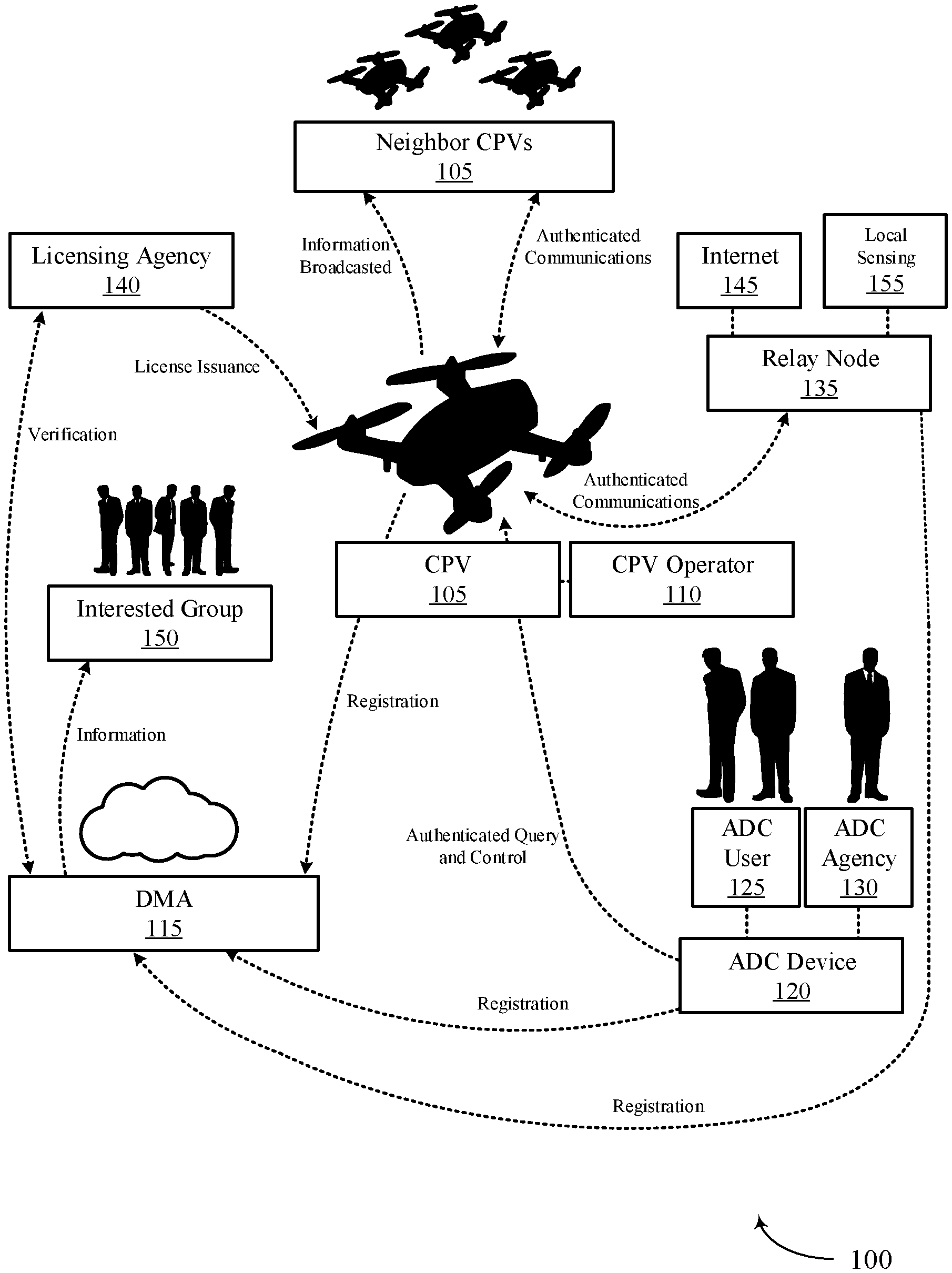Invented by Luke Fox, Zachary N. J. Peterson, Richard Howe, Ryan Jenkins, Bruce Edward DeBruhl, Clark Savage Turner, Calvin Balke, Whitefox Defense Technologies Inc
Integrated secure device management systems are designed to provide end-to-end security for CPVs. These systems include hardware and software components that work together to protect the vehicle from cyber threats. They can detect and prevent unauthorized access, monitor the vehicle’s performance, and provide real-time alerts if any security issues arise.
Methods for CPV security include encryption, authentication, and access control. Encryption is used to protect data transmitted between the vehicle and other devices, such as smartphones or other cars. Authentication ensures that only authorized users can access the vehicle’s systems, while access control limits the types of actions that users can perform.
The market for integrated secure device management systems and methods for CPVs is expected to grow significantly in the coming years. According to a report by MarketsandMarkets, the market for CPV security is expected to reach $5.77 billion by 2022, growing at a compound annual growth rate (CAGR) of 34.7% from 2017 to 2022.
One of the key drivers of this growth is the increasing adoption of autonomous vehicles. As more self-driving cars hit the road, the need for secure device management systems and methods for CPVs will become even more critical. These vehicles rely on complex networks of sensors, cameras, and other devices to navigate and make decisions, making them vulnerable to cyber attacks.
Another driver of the market is the growing awareness of the importance of CPV security. As high-profile cyber attacks on vehicles and other connected devices continue to make headlines, consumers and manufacturers are becoming more aware of the risks and are seeking out solutions to protect their vehicles.
In conclusion, the market for integrated secure device management systems and methods for CPVs is growing rapidly, driven by the increasing adoption of autonomous vehicles and the growing awareness of the importance of CPV security. As the world becomes more connected, the need for these systems will only continue to grow, making this an exciting and dynamic market for investors and innovators alike.
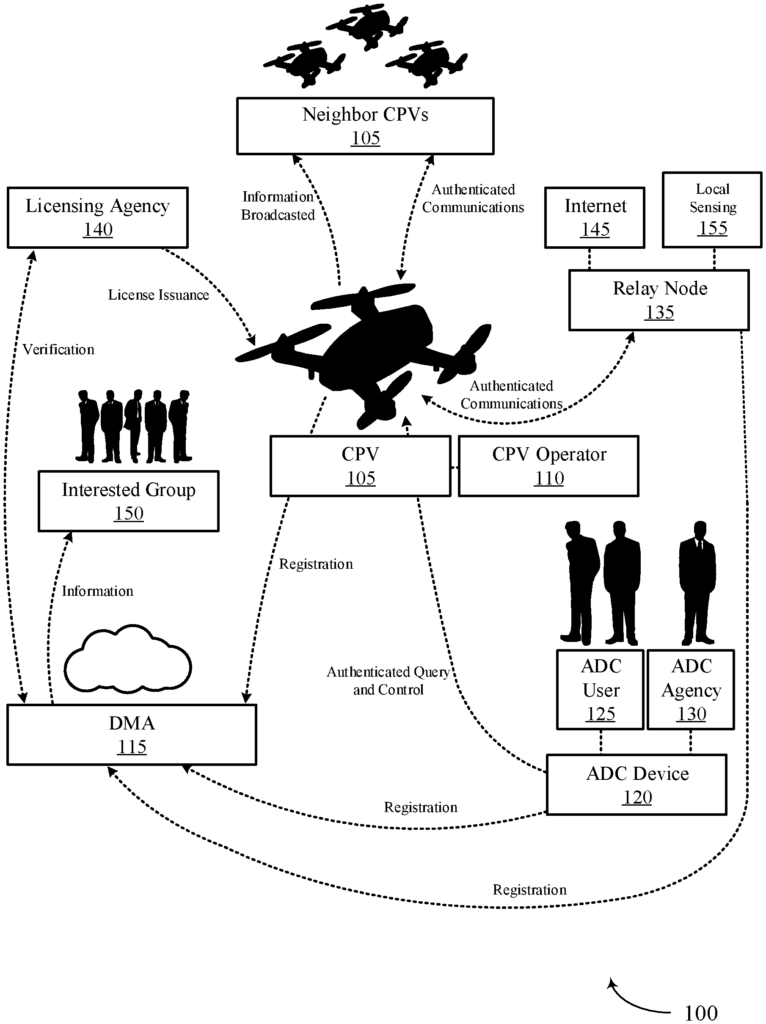
The Whitefox Defense Technologies Inc invention works as follows
The following systems and methods are described: create a self-signed Authority token signed by the private keys, send the Authority to a number of ISDM node devices configured to verify Module device authentication and in communication with Authority, store the Authority token by each Node and mark the Authority token as trusted by each Node.
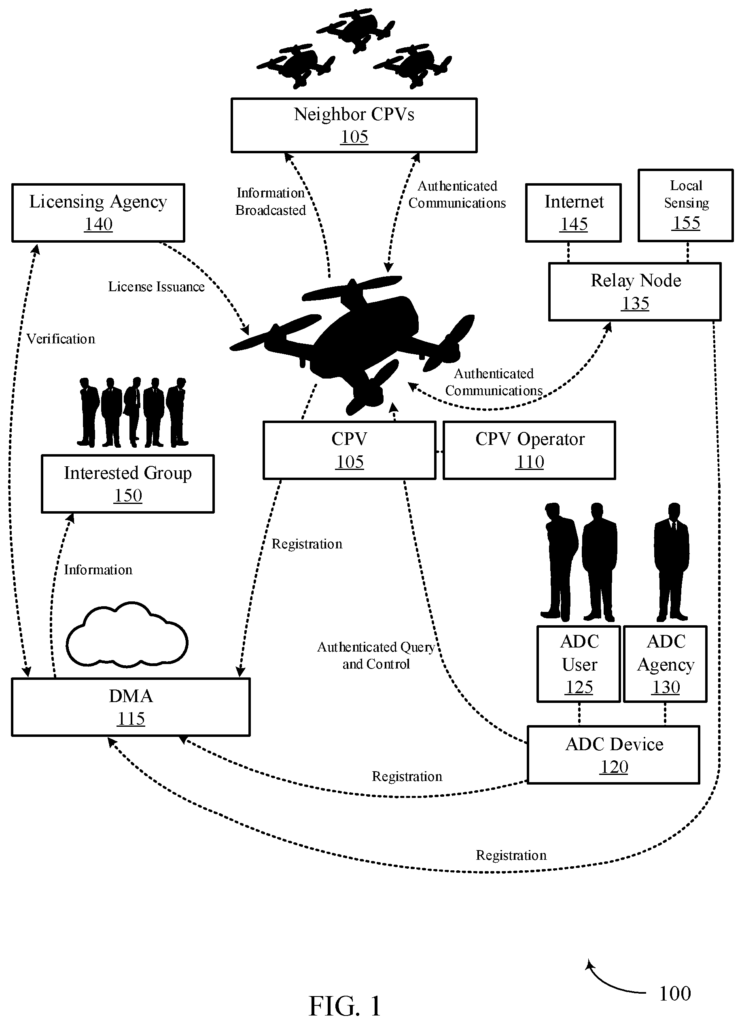
Background for Integrated secure device management systems and methods for Cyber-Physical Vehicles
1. “1.
The present invention is a general vehicle management system, but more specifically a cyber-physical vehicle control system.
2. Discussion of Related Art
A Cyber-Physical Vehicle (CPV)” is a vehicle which operates autonomously or by remote control. Unmanned CPVs (e.g.) come in many forms and have many uses. drones). Personal use (e.g. From personal use (e.g. photography, product delivery, etc. Use in unsafe situations, surveillance and patrol, etc. Use in dangerous situations, surveillance and patrol, to their use during military operations. The rapid technological advancements and the lowering of costs continue to create new and exciting uses. As with other rapidly evolving technologies, the increased use of CPVs has had some undesirable side effects. Personal drones, for example, may interfere with fire safety or law enforcement operations. Untrained or reckless drone operators may pose safety risks or violate privacy. A regulation is being developed to guide the safe and authorized usage of semi-autonomous or autonomous cyber-physical systems, such as drones. “However, the limitations of technology, security and legal precedents hinder the development and enforcement of the laws and regulations in place or being proposed.
Similar licensing and registration rules apply to the ownership and operation for nearly all vehicles including motorcycles and automobiles. The enforcement of these regulations is possible because of the cooperation between manufacturers and retailers, traceability of the sale of the vehicles, and their operators being in or near the vehicle when it’s operating. Few cars can drive across the ocean. Planes land and take off at airports. “Drones do not have these qualities and therefore, it is difficult to enforce any regulations.
A strong bond between a drone operator and a drone registered is important.” A drone can be taken over and stolen without such a binding. This binding must be balanced against the necessity of a legal takeover if it is deemed necessary. If a drone behaves illegally, this binding must be balanced with the need for a lawful takeover of a drone if it is deemed necessary and authorized (e.g.
Naive and voluntary solutions for licensing drone ownership and operation may not be enough in real-world scenarios. In some cases, an operator might want to impersonate another user, fake a credential or broadcast misleading data. Similarly, certain CPVs can encroach into geographically restricted zones, which could interfere with law enforcement, emergency response or other authorized operations.
The invention addresses the above needs as well as others by providing a method of determining authorization for an Integrated Secure Device Manager Module (ISDM) belonging to an ISDM System, wherein an ISDM Module is mechanically attached to and associated to a Cyber-Physical Vehicle. This method includes the following steps: receiving the Module broadcast from an ISDM Device of the ISDM System; determining by the ISDM Device whether the signature of a Module’s message is valid; if the signature proves invalid, identifying
The ISDM Device is able to determine whether the signature on the Module message has been validated. If the signature is invalid then the Module will be identified as unauthorized.
The following description should not be interpreted as a limitation, but rather is intended to describe the general principles behind exemplary embodiments. Referring to the claims, the scope of the invention can be determined.
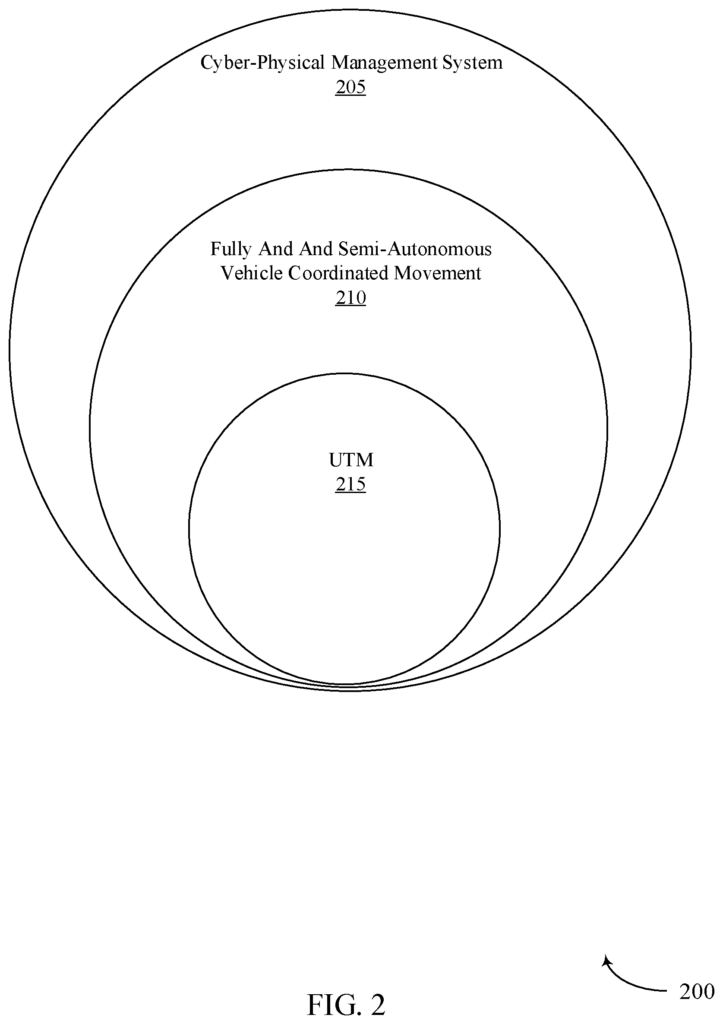
Reference to ‘one embodiment’ throughout this specification is encouraged. ?an embodiment,? If you use the phrase ‘an embodiment,? or similar language, it means that the feature, structure or characteristic described with respect to the embodiment is present in at least one embodiment. The phrase ‘in one embodiment’ is used to indicate this. The phrases?in one embodiment? Similar language in this specification does not always refer to the exact same embodiment.
Furthermore the described features or structures of the invention can be combined in any way suitable in one or more embodiments. To provide a complete understanding of embodiments, many specific details are given in the following description. Examples include programming, software modules, user selections and network transactions, database queries and database structures, hardware modules, hardware circuits and hardware chips. The invention can still be implemented without some of the details. It could also be done with different materials, methods, or components. Other times, well-known materials, structures or operations may not be shown in detail so as to avoid confusing aspects of the invention.
The following description should not be interpreted as limiting, but rather is intended to describe the general principles behind exemplary embodiments. Referring to the claims, the scope of the invention can be determined.
Reference to ‘one embodiment’ throughout this specification is encouraged. ?an embodiment,? If you use the phrase ‘an embodiment,? or similar language, it means that the feature, structure or characteristic described with respect to the embodiment is present in at least one embodiment. The phrase ‘in one embodiment’ is used to indicate this. The phrases?in one embodiment? Similar language in this specification does not always refer to the exact same embodiment.
Furthermore the described features or structures of the invention can be combined in any way suitable in one or more embodiments. To provide a complete understanding of embodiments, many specific details are given in the following description. Examples include programming, software modules, user selections and network transactions, database queries and database structures, hardware modules, hardware circuits and hardware chips. The invention can still be implemented without some of the details. It could also be done with different materials, methods, or components. Other times, well-known materials, structures or operations may not be shown in detail so as to avoid confusing aspects of the invention.
Cyber-Physical management system
As previously disclosed in the related U.S. Patent Application Ser. No. No. Or ‘CPV? (s)’). Public-key infrastructure is a term used to describe a collection of policies/procedures and technologies that are required to manage (i.e. create, store, revoke, and distribute) digital certificates useful in encryption, integrity, authentication, and digital signature schemes (such as, but not limited to, Rivest-Shamir-Adleman (RSA), digital signature algorithm (DSA), advanced encryption standard (AES), and data encryption standard (DES)). “A cyber-physical vehicle (CPV) management system can leverage PKI concepts to provide a system that allows for registration, identification and authorization of CPVs, as well as control and other functionality.
The core of the system is a drone/CPV Management Authority (DMA), a collection algorithms, protocols and systems, as well as the business entity or practices that use the same, to provide a licensing plan for CPVs. The DMA is a management authority for CPV Operator Licenses (DOLs), containing identifying information for CPV operators and CPVs. DOLs can be used to enforce legal restrictions and ensure safe operation of CPVs. A cyber-physical vehicle control system can be used to manage an unmanned aerial systems traffic management (UTM). A cyber-physical system management system can be applied to any cyber-physical system (which is also known as “CPVs”). “such as the high-value inventory managed by robots in an warehouse.
A cyber-physical vehicle management system may enable cryptographically-assured confidentiality and authentic communication channels. To this end, the cyber-physical vehicle management system may utilize cryptographic primitives optimized for constrained devices in constrained environments such as small size, low-power, unguaranteed connectivity, bandwidth-constrained, or low-computational settings. This could prevent CPVs being eavesdropped on, disrupted or impersonated.
The cyber-physical vehicle system can provide services such as: legitimate authentication and authorisation of CPV movements plans (such a flight plans); application or temporary, permanent or dynamic geofences, authentication of CPV Nodes who seek to communicate with a CPV Node or other CPV Nodes and cryptographically bind together CPV Nodes and CPV and movement plans.
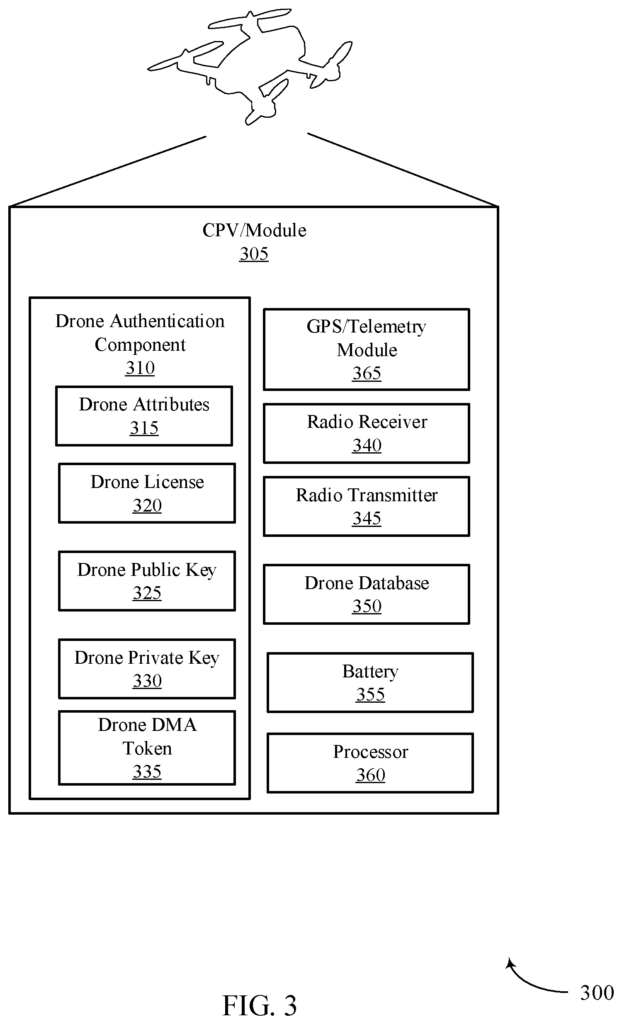
Geofences, as is well known in the field of technology, are spatial designations that can be shown on a map. They can be either fixed or dynamic, and two-dimensional or three-dimensional in shape.
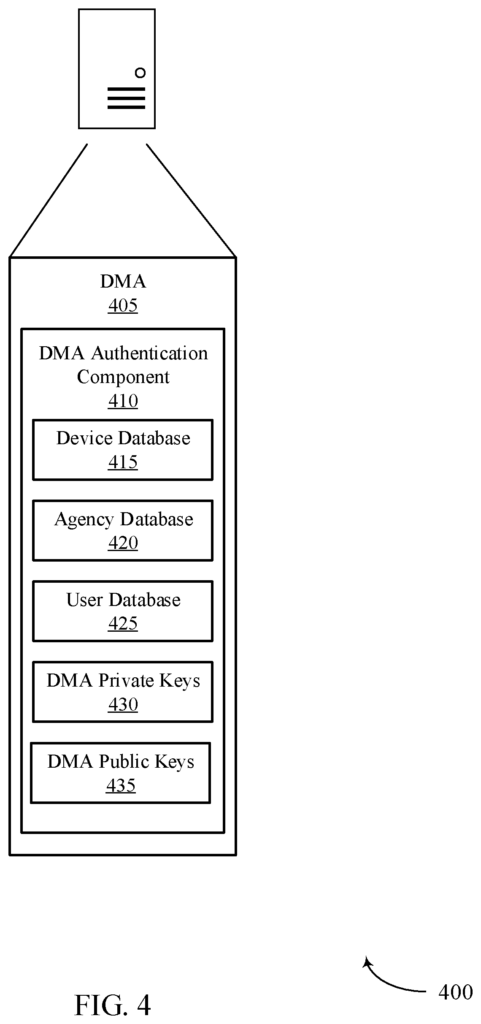
Click here to view the patent on Google Patents.
